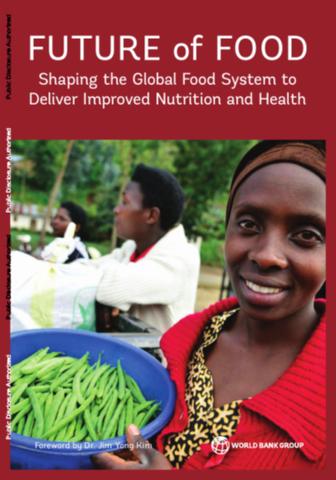Future of food: shaping the global food system to deliver improved nutrition and health
Despite significant progress the world continues to bear a triple burden of malnutrition. These three burdens are related, but distinctly different, problems: energy deficiencies (hunger), micronutrient deficiencies (hidden hunger), and excessive net energy intake and unhealthy diets overweight/obesity). Despite significant progress, 795 million people still are not getting the minimum dietary energy needs. The majority of these people are in Sub-Saharan Africa, in which 1 in 4 people are hungry; and in South Asia, in which 1 in 6 people are hungry. More than 2 billion people are deficient in key vitamins and minerals that are necessary for growth, development, and disease prevention. Globally, over 2 billion people are overweight or obese, two-thirds of whom live in developing countries. This issue clearly is not just a developed country problem. Energy and micronutrient deficiency are contributors to the 165 million children under 5 who are stunted and cannot grow to achieve their full potential. Globally, this number is equivalent to approximately 1 in 4 children under 5 years, with an even more concentrated situation in Sub-Saharan Africa and South Asia (1 in 3 children). Arguably child stunting is one of the biggest development challenges. If not addressed it will profoundly undermine our ability to end poverty and promote shared prosperity.


